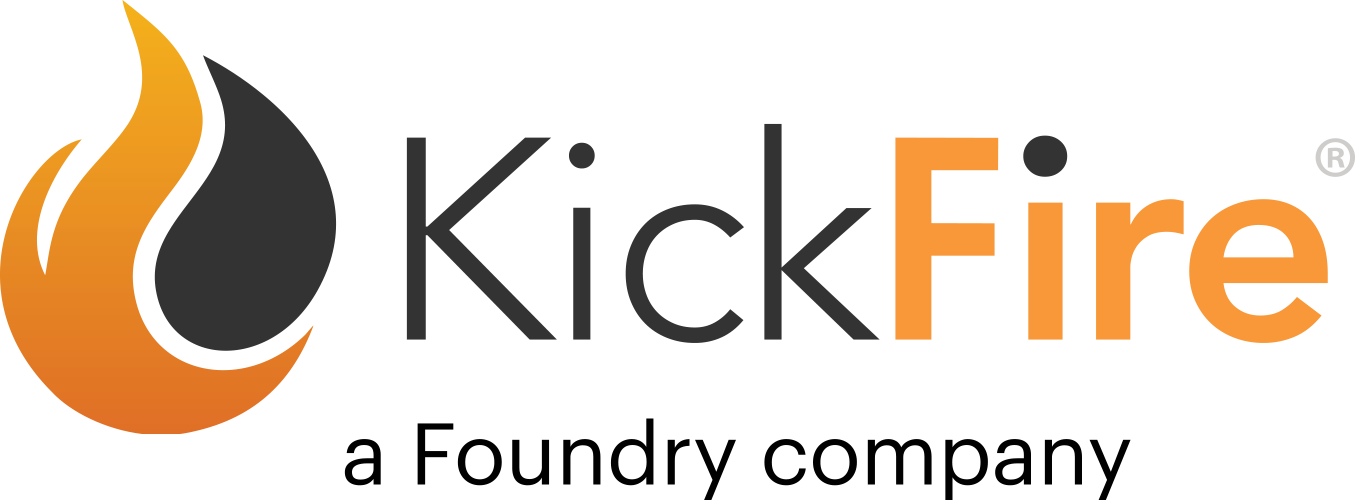In the third episode of the Hell Bent on Intent series, Tukan Das brings on Dee Acosta from Metadata.io to walk us through how to choose the right intent data vendor, some red flags to look out for, and how to tell whether or not a vendor is selling “real” intent data.
Over the past 15 years, Dee has worked at some of the biggest names in the MarTech space like Forrester and Aberdeen while leveraging intent data to close some of his biggest deals. This hands-on experience makes him the perfect resource for navigating the often murky waters of selecting an intent data vendor.
The big question – what makes a good intent data vendor?
In Dee’s view, two big factors go into evaluating the quality of an intent data vendor:
- The “Chef” analogy: to make a good meal, you must start with good ingredients. In the world of intent data, this means high-quality, rich data sources a vendor uses to generate their intent signals.
- The analytics: This refers to the proprietary analysis a specific vendor does to weed out false positives, fraud, etc., to determine the true intent of a B2B buyer.
How to choose between intent data vendors
Dee highlighted a couple of key things to look for when choosing an intent data vendor:
- GDPR compliance – If a company gathers intent data in a non-GDPR compliant manner (i.e., through third-party cookies), it means two things. First, they cannot legally collect any intent signals from the EU. Second, it is a good indicator that their technology will eventually become obsolete/illegal in other large markets.
- Normalization – Depending on your specific industry or audience, intent data can come with a significant amount of noise (ex: spikes in searches unrelated to actual intention to buy). A good vendor can filter out noisy data and present only actionable intent data to their customers.
- Insights vs. raw data – A good intent data vendor will listen to your needs and help you generate real intent-based insights instead of just giving you a raw pile of data and leaving you on your own.
How to action the intent data once you have it
In Dee’s opinion, simply handing a list of intent-based leads to their BDR team is not very effective. Instead, Dee sees the power of intent data in building more effective marketing strategies that increase the number of inbound leads and form fills.
For example, once you see a spike in buying intent from a specific company, it is easy to target the individuals who are likely in the buying group in that organization (ex: if you sell HR software, you can target the HR department). From there, you can use a platform like Metadata to place 1:1 display ads in front of these individuals, knowing they are in the market for your products. Once the buying group members click through to your site and fill out a form, these leads are passed on to the sales team.
Who should NOT be looking for intent data?
Intent data has a wide variety of use cases. However, some organizations will see more value in it than others. Organizations that are creating a new category, i.e., doing something nobody else is doing, nobody has heard of before, or just didn’t know was possible, may not be ready to incorporate intent data into their sales and marketing strategies since there will likely be little to no search traffic on topics that apply to their product offerings.
About the Show:
Intent data is everywhere. But can B2B marketers use it to impact revenue? Does it even work? In each episode, we go deep into the industry with experts and even sit down with skeptics to lift the black box around intent data. Our goal is to break down what this data is, what it ISN'T, how it works, and what it means for the B2B tech world.
